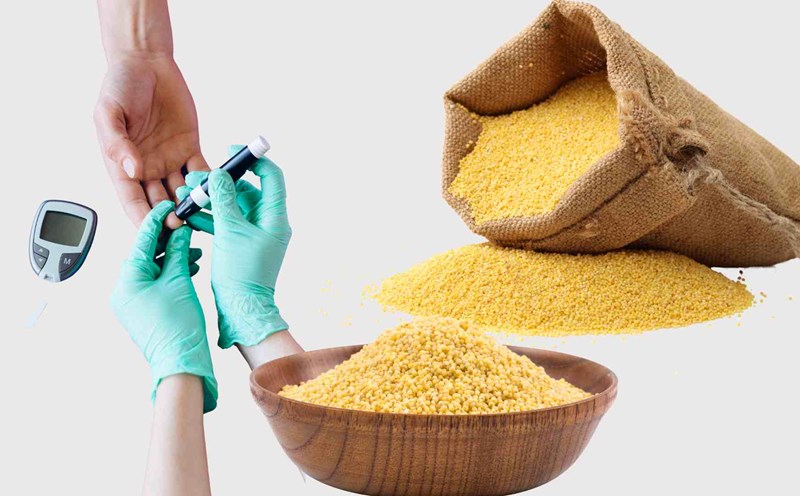For many Vietnamese families, white rice is an indispensable dish in every meal. However, according to nutritionists, eating rice incorrectly can cause blood sugar levels to spike, causing unpredictable health consequences.
1. Eating too much white rice in one meal
According to Harvard T.H. Chan School of Public Health, white rice belongs to the group of foods with a high glycemic index (GI). When eaten too much, starch is quickly converted into glucose, causing blood sugar to spike. People who eat a lot of white rice every day have an 11% higher risk of developing type 2 diabetes than those with limitations.
2. Eat rice without vegetables and protein
Another common mistake is eating rice with little side dish. Healthline said that when eating white rice without fiber (vesicles) and protein (meat, fish, beans), the faster the glucose absorption rate into the blood is, suddenly increasing the glycemic index. Conversely, if rice is combined with green vegetables, fiber will slow down the digestion of starch, helping to control blood sugar better.
3. Eat cold rice repeatedly
A habit that seems harmless but has potential risks. Rice that is left to cool, stored incorrectly and re-heated easily produces Bacillus cereus bacteria, which both causes food poisoning and reduces starch quality. In addition, this process can cause rice to lose some resistant starch - a beneficial starch that helps control blood sugar.
Experts recommend that to limit the risk of hyperglycemia, you should eat rice in moderation, prioritizing brown rice or whole-wheat rice.
Always combine rice with green vegetables, fiber and protein.
Avoid eating rice for long periods or repeatedly re-exhale.
Changing your eating habits seems small but has a big impact on your health, especially for people who are overweight, prediabetes or type 2 diabetes.











